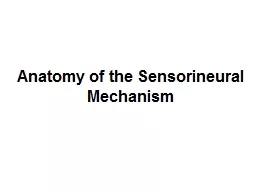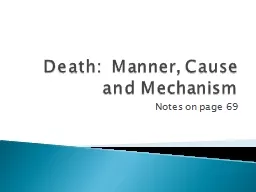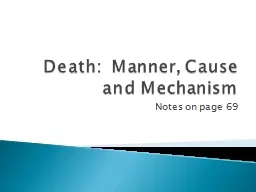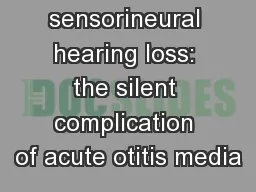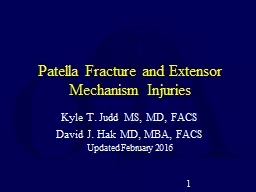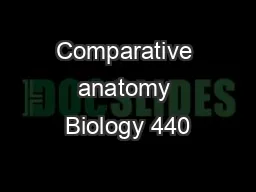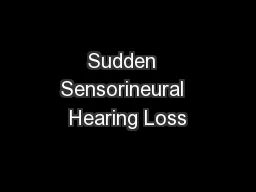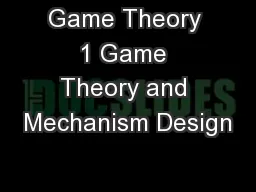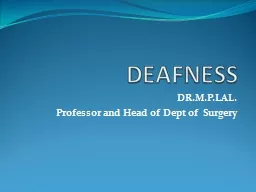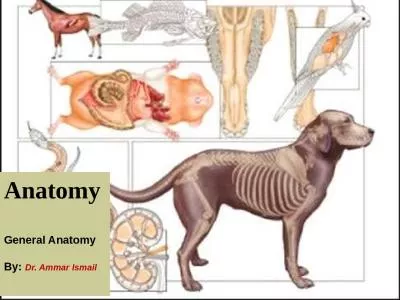PPT-Anatomy of the Sensorineural Mechanism
Author : alida-meadow | Published Date : 2017-07-25
Three subdivisions of the labyrinth cochlea semicircular canals vestibular system vestibule vestibular system mainly The Bony Labyrinth from Zemlin 1998 Bony
Presentation Embed Code
Download Presentation
Download Presentation The PPT/PDF document "Anatomy of the Sensorineural Mechanism" is the property of its rightful owner. Permission is granted to download and print the materials on this website for personal, non-commercial use only, and to display it on your personal computer provided you do not modify the materials and that you retain all copyright notices contained in the materials. By downloading content from our website, you accept the terms of this agreement.
Anatomy of the Sensorineural Mechanism: Transcript
Download Rules Of Document
"Anatomy of the Sensorineural Mechanism"The content belongs to its owner. You may download and print it for personal use, without modification, and keep all copyright notices. By downloading, you agree to these terms.
Related Documents

